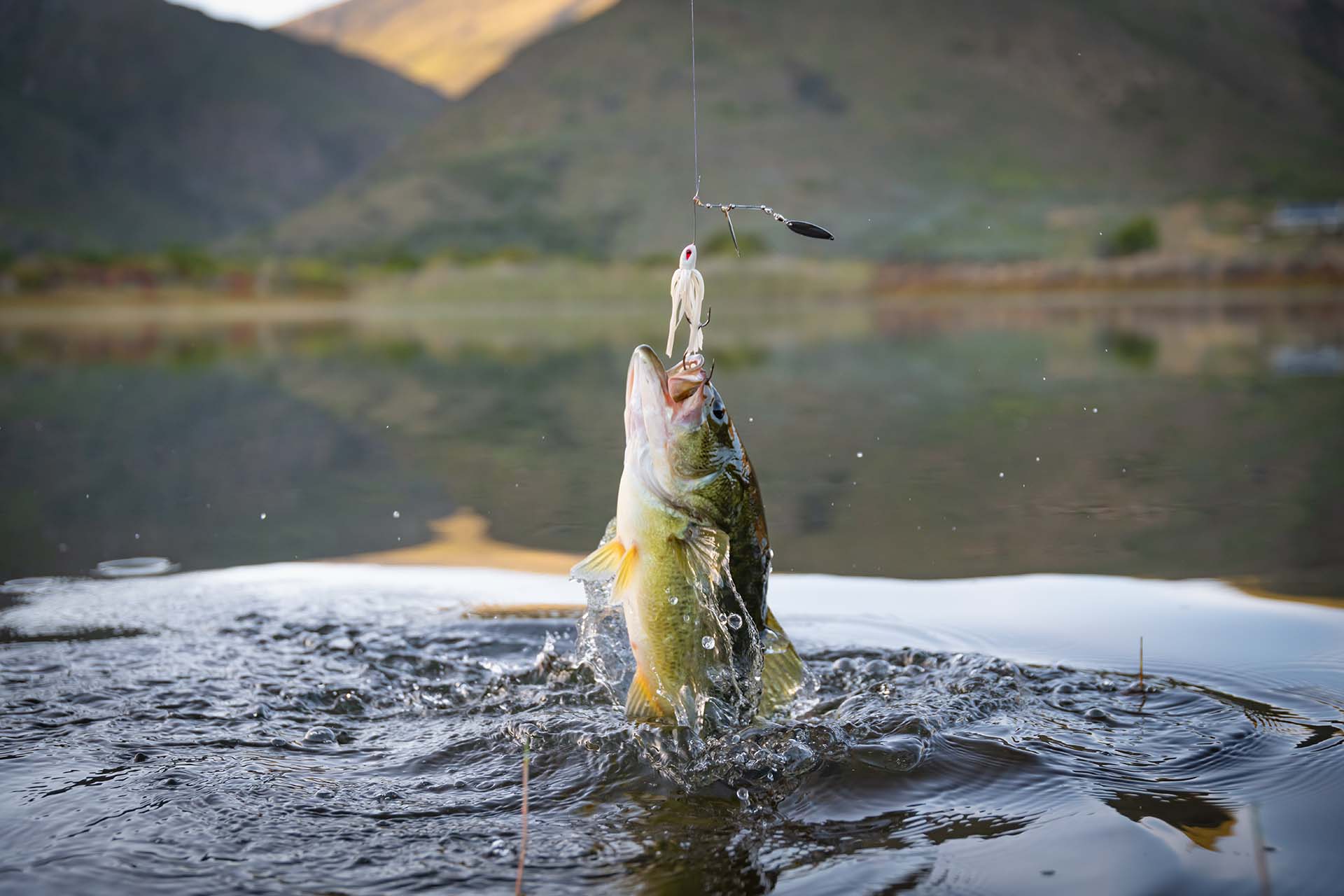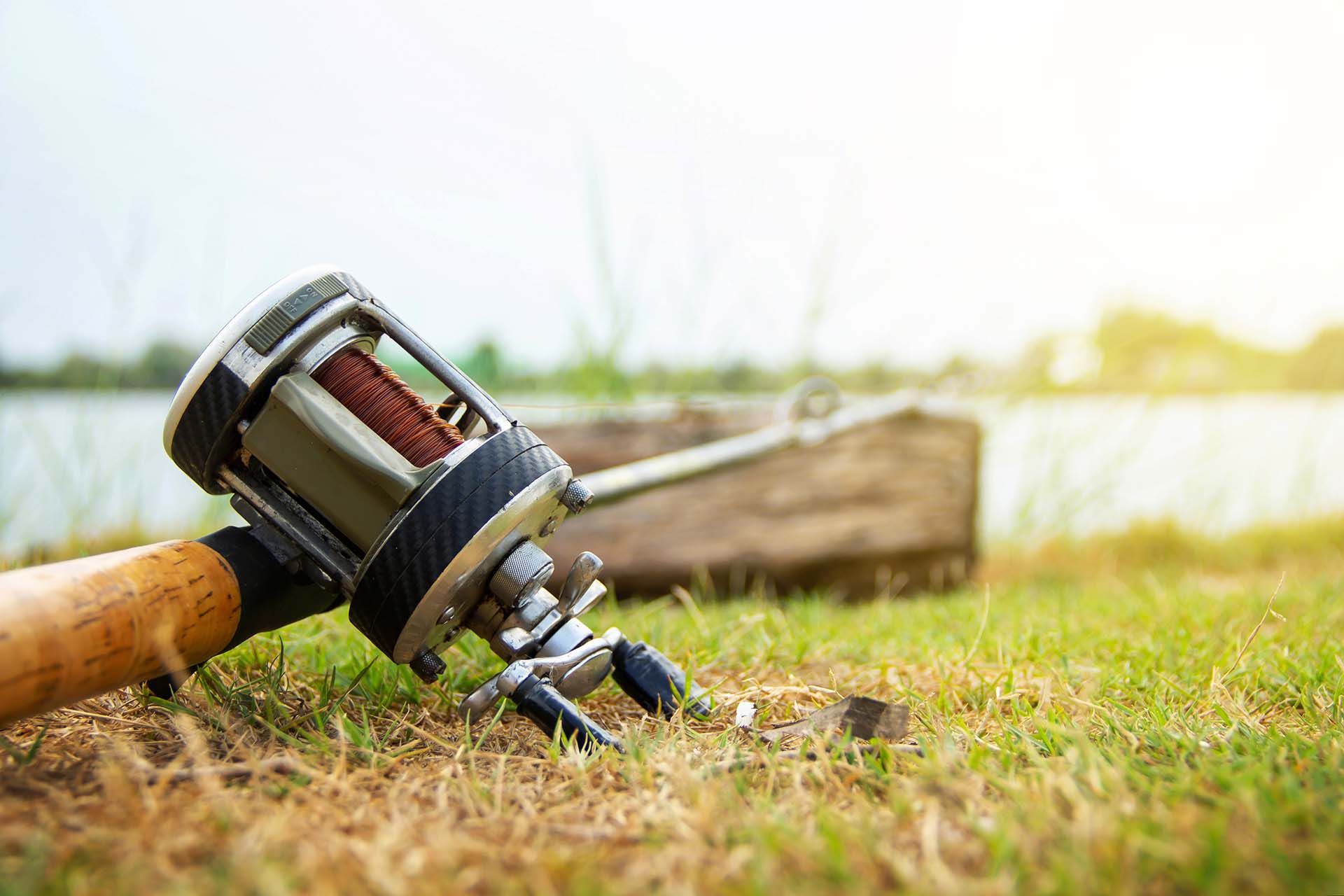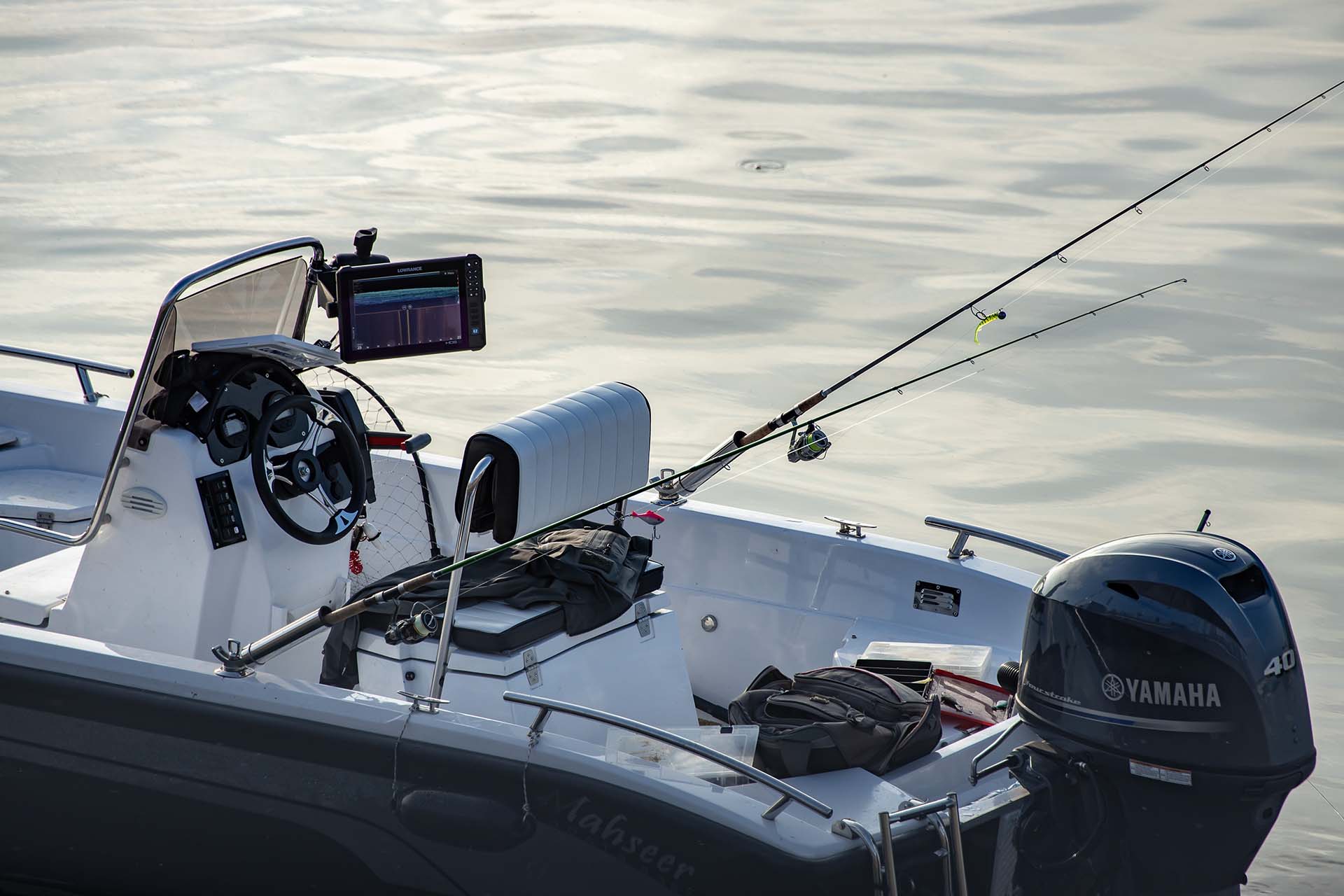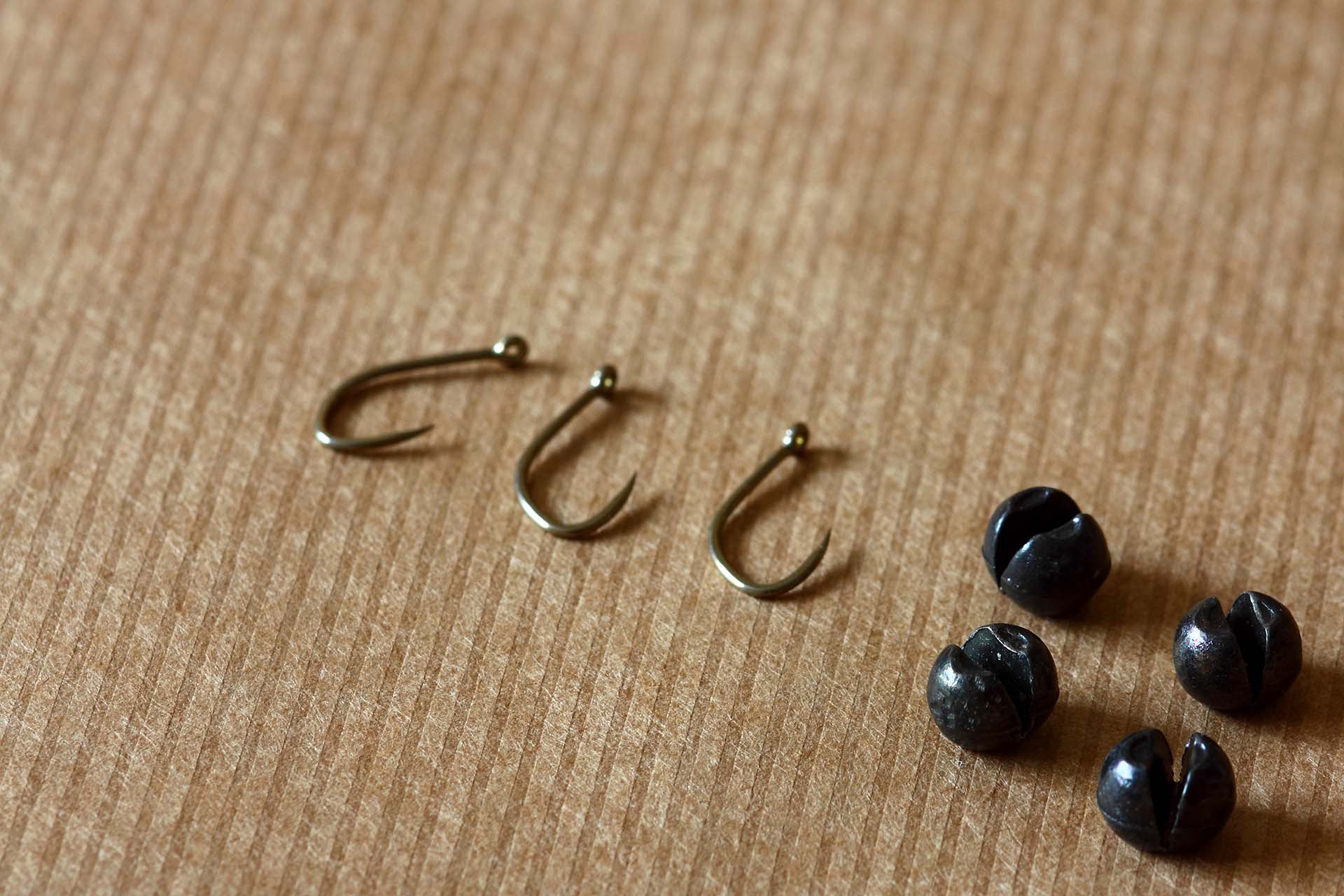Planning out your next adventure but not exactly sure about how to catch a barracuda? From selecting the right gear to understanding their elusive behavior, there’s a lot you have to keep in mind. That’s why we’ve created this comprehensive guide to make this whole ordeal as successful as possible.
If you’re planning on catching a barracuda, the first thing you need to know is the specifics of their preferred habitats. Based on that, you’ll be able to find the best locations and gather the right gear. Don’t forget to practice sustainable techniques to preserve the thrill of these fascinating marine wonders for generations to come.
Understanding Barracuda Behavior Is the Key to Your Success
First things first, to be successful in this exciting endeavor, you’ve got to think like a barracuda, as crazy as that might sound. The first thing you should know is that these agile predators are known for their sudden bursts of speed and aggressive nature.
Understanding their patterns, movements, and reactions in different situations elevates your angling skills, no matter what specific technique you’re using. And besides, you’ll have a much more enjoyable experience on the water!
Make Sure to Learn More About Different Barracuda Habitats
Of course, catching a barracuda in the Pacific Ocean will differ from, let’s say, hooking one in the state of Florida. So, you’ve got to do your research when it comes to their preferred habitats. The first thing you should know is that these fish reside in warm, tropical, and subtropical waters.
They favor environments like coral reefs, seagrass beds, and mangroves, as these areas provide ample food and shelter. When the time comes to hunt one of these bad boys down, look for areas where currents converge, as they often hunt in these dynamic environments.
Their Feeding Habits Will Help You Pick the Best Barracuda Fishing Gear
The diet of these marine creatures mainly consists of smaller prey, such as fish and cephalopods. This includes snappers, smaller tuna, herrings, and so on. Keep this in mind when you’re selecting the gear, most importantly, the lures and baits, as doing your best to mimic their favorite snacks will turn your angling sessions into a more fruitful affair.
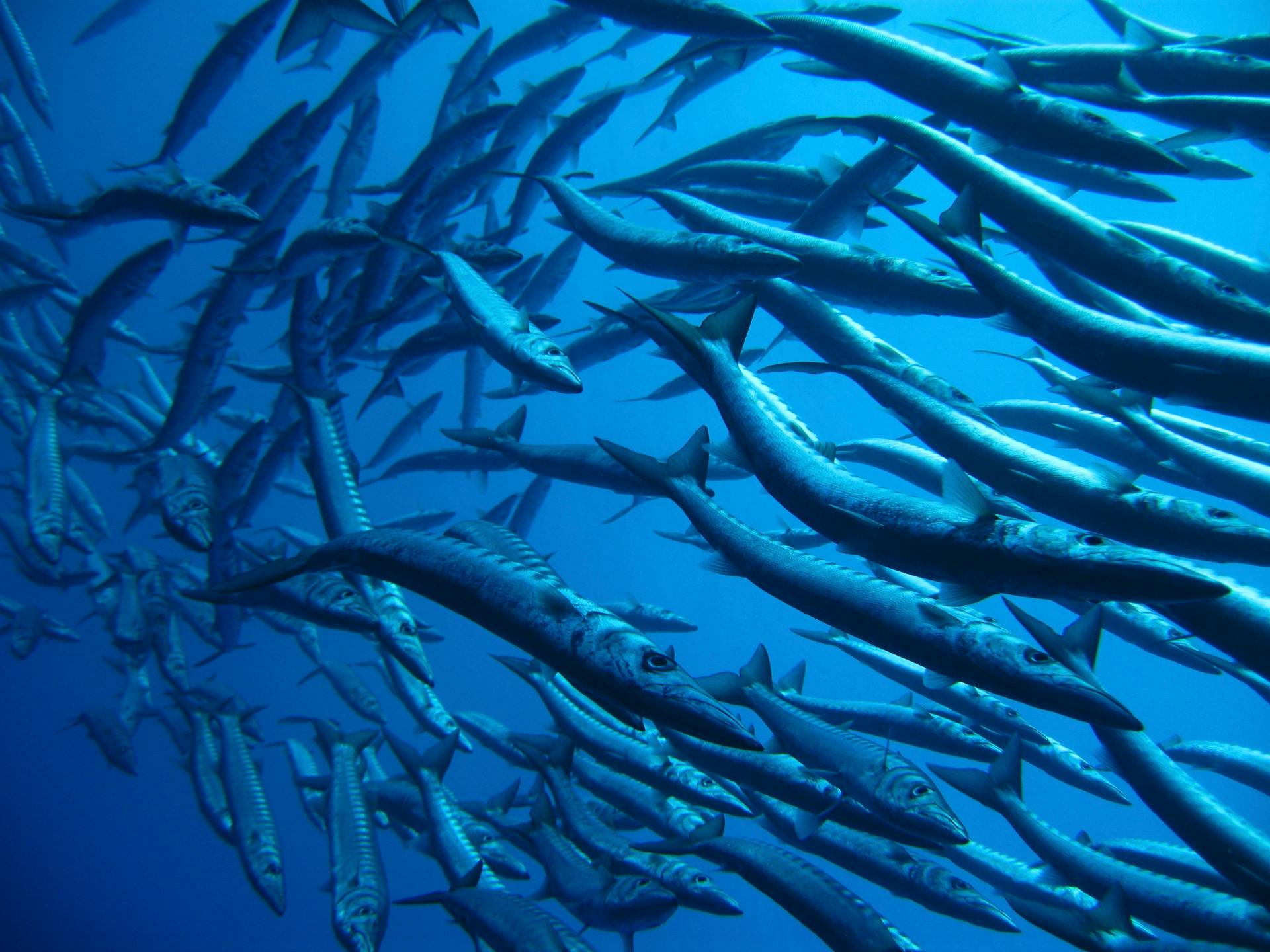
Suit up for the Hunt – Here’s Your Essential Angling Gear
When targeting this fast and powerful species, your choice of equipment can make all the difference. Selecting tools that are both durable and sensitive to its movements is key. Let’s explore the essentials that will prepare you for this exciting challenge.
Choose the Right Rod and Reel
For this type of angling, a medium to heavy rod is ideal. It should be strong enough to handle the power of the fish yet sensitive enough to detect their subtle bites. Match it with a spinning or baitcasting reel, and you’ve got yourself the winning combo.
Look for fishing reels with high line capacity and robust construction, as they will endure the sudden, powerful strikes typical for these fish. Almost everything manufactured by the St. Croix brand is our personal favorite.
Opt for the Appropriate Line and Leader Materials
The fishing line and leader are critical components in every angling setup. Given the sharp teeth of these creatures, a heavy-duty leader is a must. The braided line offers strength and sensitivity, while the fluorocarbon or wire leader provides the necessary resistance to sharp bites. This combination will help prevent line breaks and lost catches, increasing your chances of a successful outing.
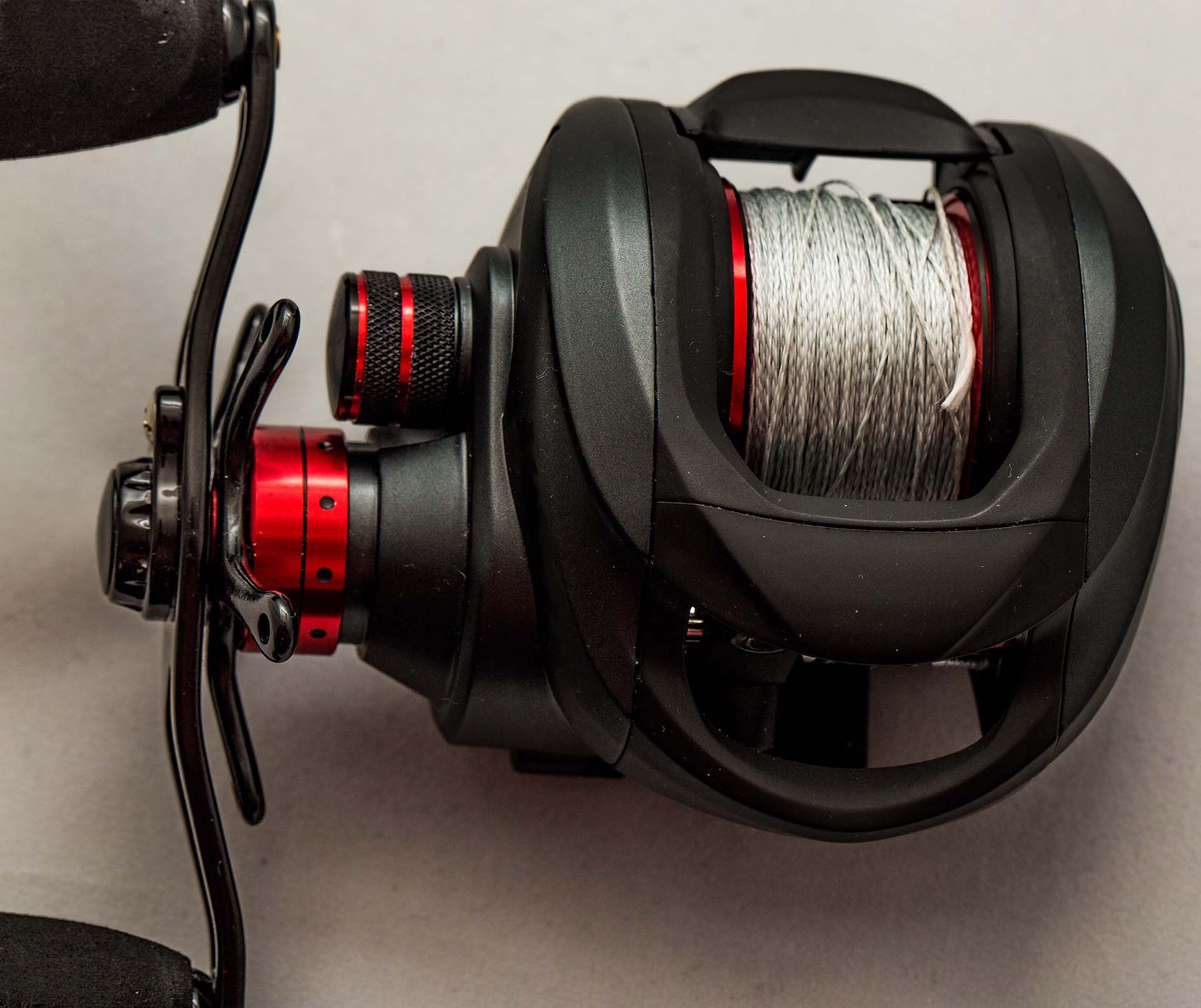
The Best Barracuda Lures and Baits for Scoring a Catch
This exciting endeavor is not just about attracting the fish, but about stimulating their predatory instincts. In the case of this species, both live bait and artificial lures can be highly effective. Understanding what entices them and why can greatly enhance your chances of a successful catch.
Make Sure to Explore Some of These Effective Live Baits
Live baits are excellent for attracting these predators, as they tap into their natural hunting instincts. Small fish like mullet, mackerel, or herring are top choices. These baits mimic their usual prey, making them virtually irresistible. The movement, scent, and vibration of live baits in the water create an authentic scenario that can lure even the most cautious barracudas.
The Best Type of Artificial Lures and Why They Work
Lures are also highly effective due to their ability to mimic live prey. Their visual appeal, motion, and sometimes sound can effectively entice an attack, making them indispensable tools in your angling arsenal. Here are some top choices:
- Plugs – with their wobbling and diving action, these mimic the movement and appearance of small fish,
- Saltwater tube lures – pieces such as the Striker Deluxe Cuda Tube are ideal when used with an erratic, jerk bait retrieve,
- Crankbaits – they are available in various sizes for different depths and are versatile enough to attract barracudas,
- Hair jigs – excellent for saltwater angling, these pieces are best used with an erratic pop and fall retrieve,
- Saltwater jerk baits – they’re ideal for shallow waters, but always try to twitch them erratically with pauses to attract your catch effectively,
- Saltwater swimbaits – suitable for active fish in shallows and deeper water, while heavier swimbaits work well in deeper areas,
- Jigging spoons – effective near offshore reefs and wrecks and great for reaching deeper dwelling barracudas,
- Trolling spoons – an excellent choice for the trolling technique, ensuring appropriate depth for better catch rates.

These are Some of the Most Successful Barracuda Fishing Techniques
Each available method brings its unique approach, adapting to the behavior and habitat of the fish. You’ve got the freedom to choose which one suits your angling style the best! So, let’s explore some of the most effective techniques that have proven successful for anglers.
How to Effectively Troll for Barracuda
Trolling fishing is a popular and effective method, especially in open waters. It involves dragging lures or bait behind a moving boat, mimicking the movement of prey. For barracudas, speed and depth control are crucial. A medium trolling speed with occasional variations can provoke strikes.
Using deep-diving lures and adjusting the depth based on where they are feeding, usually near reefs or shipwrecks, increases your chances. This technique allows covering large areas, making it ideal for locating and attracting these predators.
Barracuda Fishing Tips on Casting and Retrieving Techniques
Casting and retrieving offers a more hands-on approach, perfect for when barracudas are found near structures like reefs or in shallow waters. The key is in the retrieval technique. A mix of fast and erratic movements, mimicking injured fish, can be highly effective. Lures like jerk baits and swimbaits work well here.
The trick is to vary your speed and add occasional pauses. These pauses often trigger strikes as the fish interpret the lure’s sudden stop as vulnerable prey. Practice and patience play significant roles in mastering this technique, but once honed, it can be incredibly rewarding.
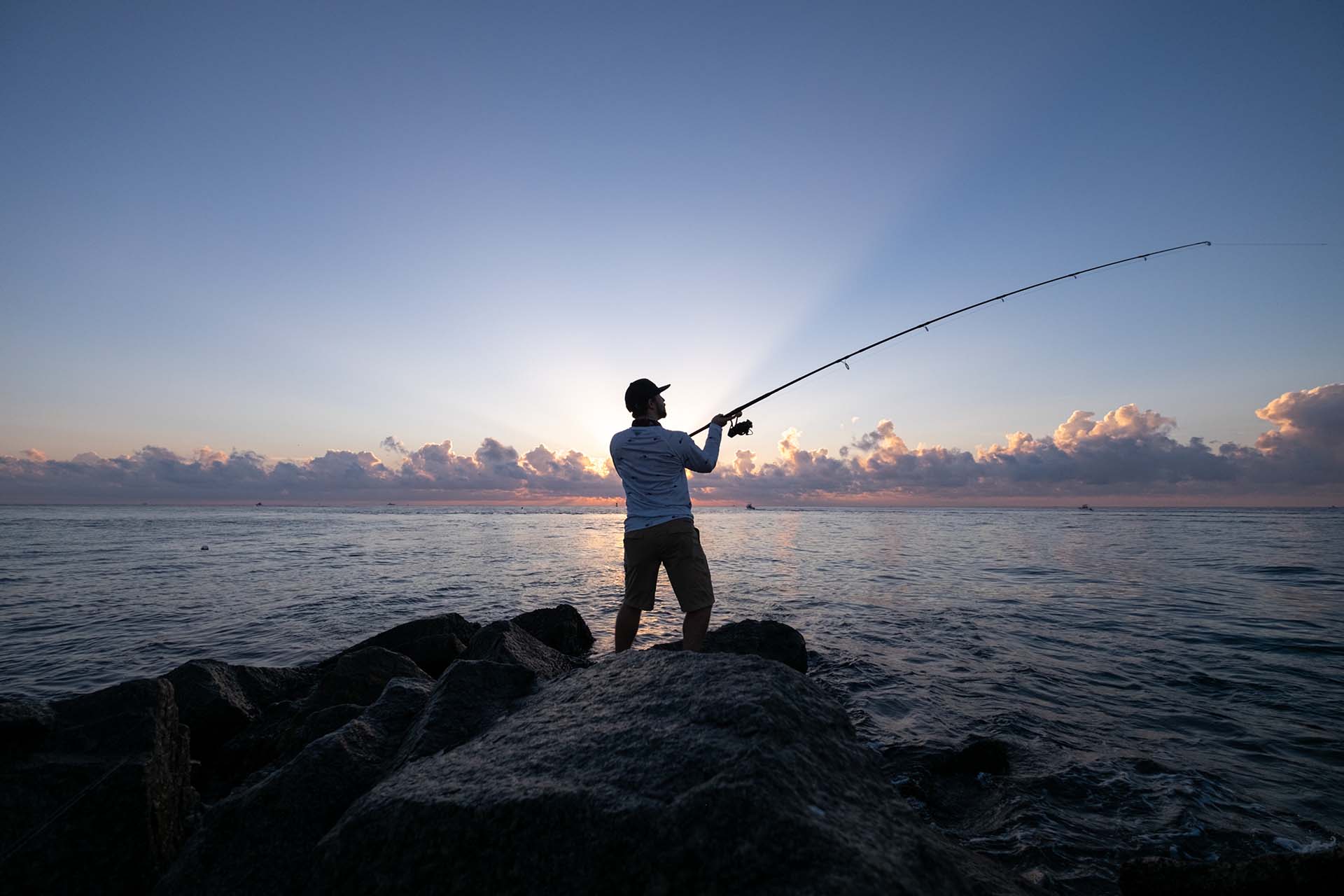
Perfect Locations and the Best Time to Fish for Barracuda
Equally as important as the technique used, finding the right spot and timing can significantly enhance your chances of a successful catch. This species thrives in specific environments, with reefs and shipwrecks being prime locations. These structures provide shelter and abundant prey, making them ideal hunting grounds.
For timing, early morning or late afternoon are often the best times. During these periods, barracudas are more active in hunting, increasing the likelihood of a catch. Additionally, overcast days can also be productive as these predators use the reduced visibility to their advantage.
Dealing with the Notorious Bite – Baracuda Handling and Safety Tips
Handling this species requires caution due to their sharp teeth and powerful jaws. Always use a fish net to bring them on board and avoid direct handling whenever possible. If you must handle them, use grippers and be mindful of their movements.
Wearing gloves can provide an extra layer of protection. It’s also advisable to keep your fingers away from their mouth and to use long-nosed pliers for hook removal. These precautions help prevent injuries and ensure a safe angling experience. Just remember – despite their notoriety, barracudas aren’t really keen on having your finger as their next snack, so there’s no need to worry.
Practice the Safe Barracuda Catch and Release Techniques
Catch and release is a responsible practice that helps preserve the population. To safely release barracuda, minimize the time they spend out of water. Handle them gently and support their body when out of the water.
Use barbless hooks or debarb them for easier removal. When releasing, gently place the fish back in the water, preferably headfirst, to help it regain its orientation and strength. If the fish is lethargic, gently move it back and forth to facilitate water flow through its gills. These practices ensure the fish’s well-being and contribute to sustainable angling. That’s something every responsible angler should be aiming for!

You Now Know How to Catch Barracuda – All That’s Left Is to Give It a Try!
As you prepare for your next angling adventure, keep the things we’ve talked about in mind. Choose the right gear, take time to understand the behaviors of your target, and always prioritize safety and ethical practices. Remember, every outing is an opportunity to not only enjoy this sport and learn something new but also to contribute positively to our marine ecosystem. Apply these principles and you’ll be nothing short of a success!
Frequently Asked Questions
How to Catch Barracuda From the Shore?
The key is to find areas where deep water is accessible from the shore, such as points, jetties, or near inlets. Using lures that can be cast a long distance and retrieved quickly, like spoons or heavy jigs, is effective. These lures mimic the fast-moving prey that attracts these predators in the surf. Patience and persistence are vital, as it may take time to locate and attract them from the shore.
How to Catch Barracuda From the Pier?
Pier angling provides a great vantage point for targeting these fish. Look for piers that extend into deeper water or are near reefs. Live bait like small mackerel or mullet, dangled just below the surface, can be very enticing. Also, casting out lures such as shiny spoons or jerk baits and retrieving them with an erratic action can mimic injured prey, drawing their attention.
What Is the Best RodBarracuda Beginner Angler Should Start With?
For beginners targeting this species, a versatile setup is key. A medium-heavy spinning rod around 7 to 8 feet long is a good choice. This length provides a balance between casting distance and control. Pair it with a spinning reel that has a smooth drag system and can hold at least 200 yards of line.

